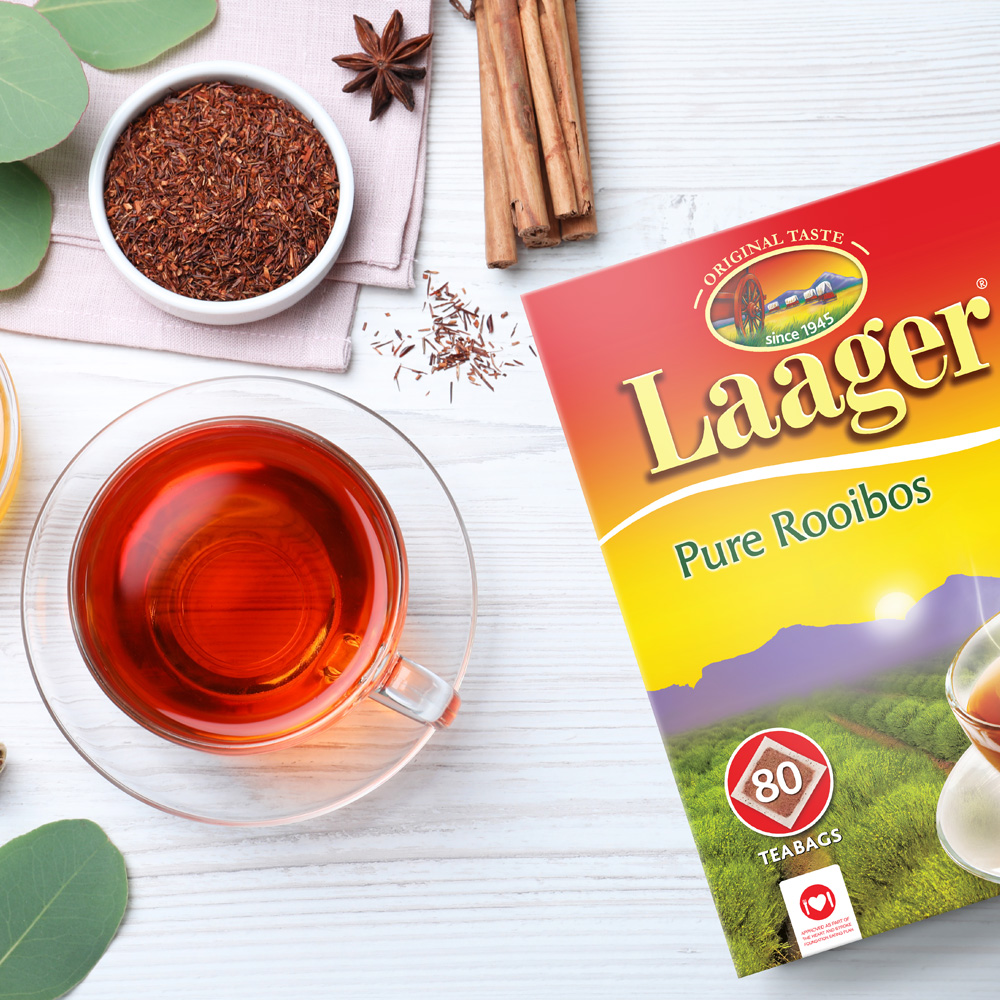Are you prepared for your next trip to the grocery store?
As consumers and parents, it is important to stay informed on what the food we are feeding our children contains.
What is RDA in a Nutshell?
You’ve probably heard of it or seen it on the back of your little one’s favourite treat, but what does it actually stand for? RDA is an acronym for ‘Recommended Daily Allowance’. When used on products designed specifically for kids, it’ll give you a general guide on the percentage of nutrients a product contains relative to the total amount which should be consumed in a day.
Remember that each RDA is merely a guideline when it comes to your kids’ nutrition – you know your little one best, so trust your instincts. It’s also important to remember that most RDA’s don’t take into account those with special dietary needs.
If you’re interested in finding a balance for your child’s dietary needs, click on the link below. The RDA table will provide a guide to help you plan your little one’s meals, http://www.healthsupplementsnutritionalguide.com/recommended-daily-allowances.html
BPA, How Bad Is It?
When it comes to food and health, we don’t usually give a second thought to the containers that our children’s food comes in, but sometimes these can be the real culprits. More often than not these containers are made using a combination of chemicals – one of which is BPA which stands for ‘Bisphenol A’.
When used continuously over time, plastic releases chemicals like BPA, which has been linked to illness. In most cases, a plastic bottle can only be used once before it will begin releasing these harmful chemicals. Play it safe by checking the bottom of the plastic bottle for a number to see how many times you are able to re-use it.
Any plastics that have numbers #2, #4 and #5 are generally considered safe. Plastic #1 is safe too but should not be re-used due to the risk of growing bacteria. Plastic should be used with extreme caution, especially around food or drink. The risk is even greater when heating food. Remember that microwave safe containers aren’t necessarily healthy – they’ just won’t melt. In general, it’s best to avoid microwaving plastic entirely and stick to glass and purchase BPA free plastic containers.

The number beneath your plastic bottle will tell you how safe it is!
MSG, Help!
MSG (Monosodium glutamate) is a common preservative found in most processed and packaged foods. It is used to enhance the flavour of these foods, and too much of it can cause headaches as well as dizzy spells. Where possible, it is always best to avoid this one!
Foods that could contain MSG include some kinds of potato crisps, dressings, salty snacks, frozen dinners, cold meats, cheeses, etc. Here are a few general guidelines:
- Check the ingredient lists and nutritional tables on the back of products before purchasing them for your children. If you are unfamiliar with any of the ingredients, Google them or seek advice from a dietician or heathcare professional.
- Fresh food that is unprocessed and has no additional additives should always form the basis of your child’s diet – fresh fruit, vegetable, unsalted nuts, unprocessed meats and grains, water, Rooibos tea, etc.
- Remember that sugar and salt are often used to enhance the flavour of food products. Check the sodium content and sugar content of products by examining the nutritional labels

Always be sure to check your little one's favourite treats for MSG.
PGA – What Is It?
As consumers and parents, it is important to stay informed on what the food we are feeding our children contains.
Are there any other acronyms that you struggle with when you’re grocery shopping? Let us know!





